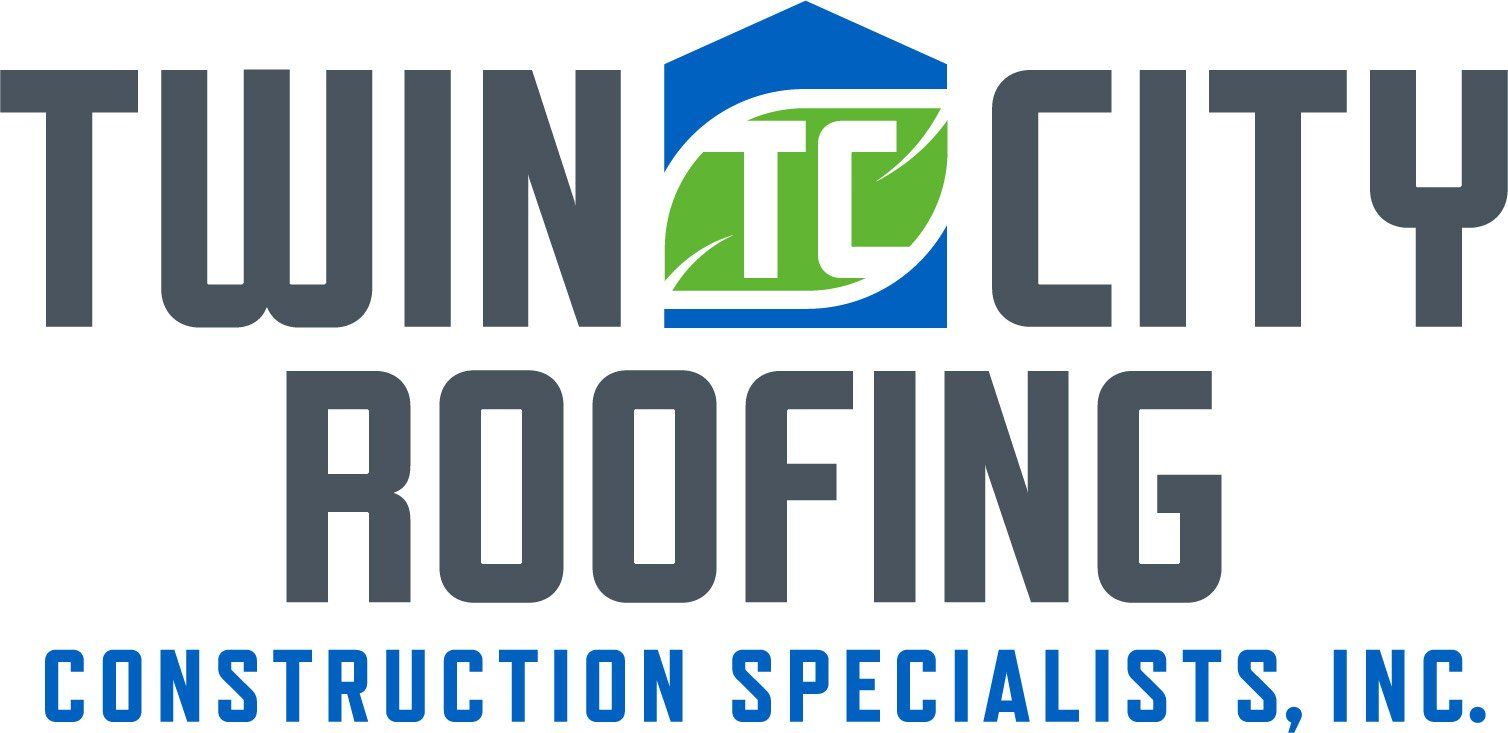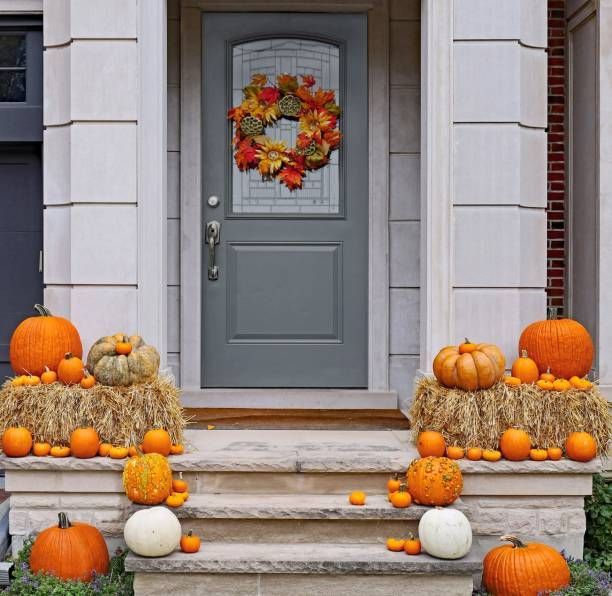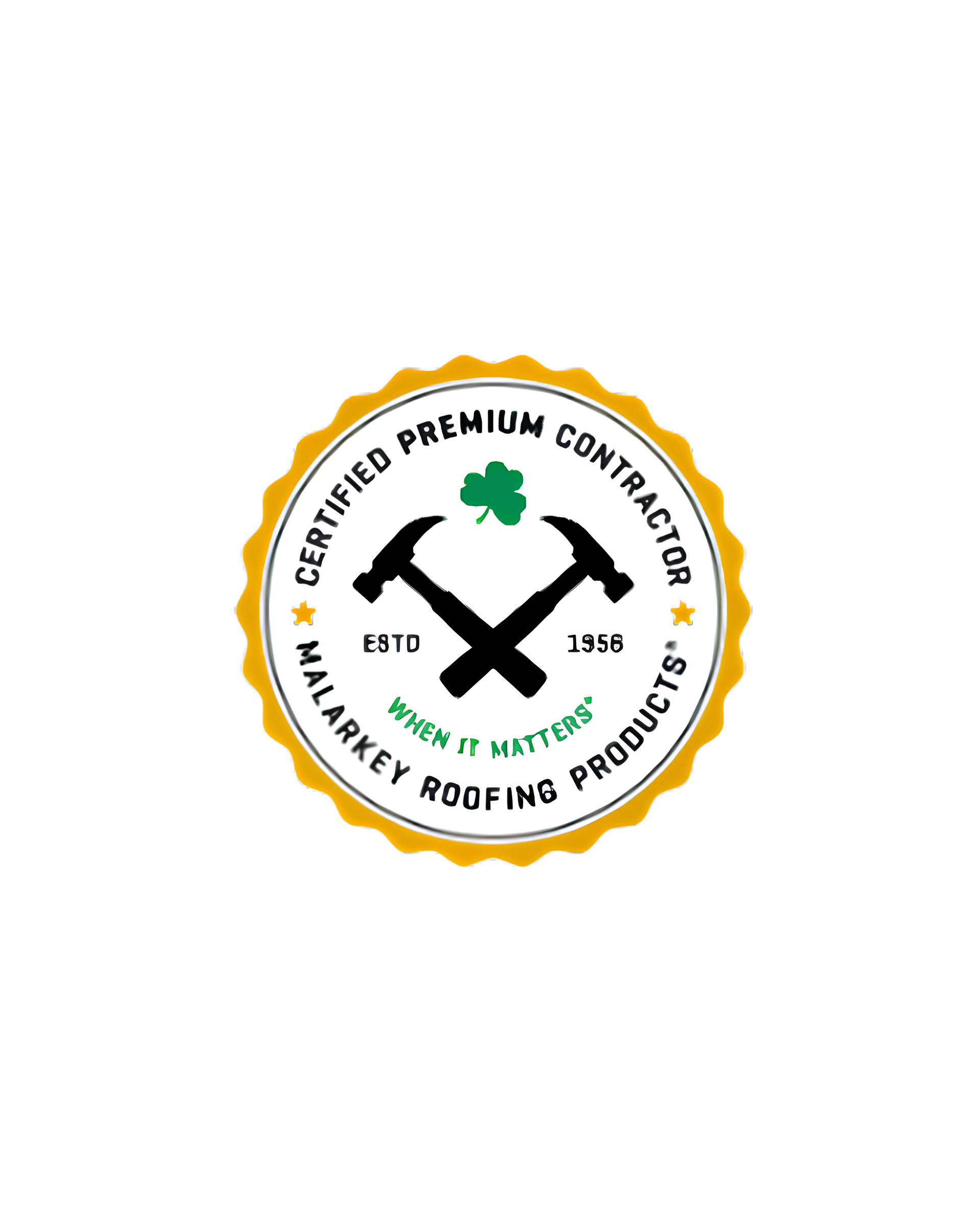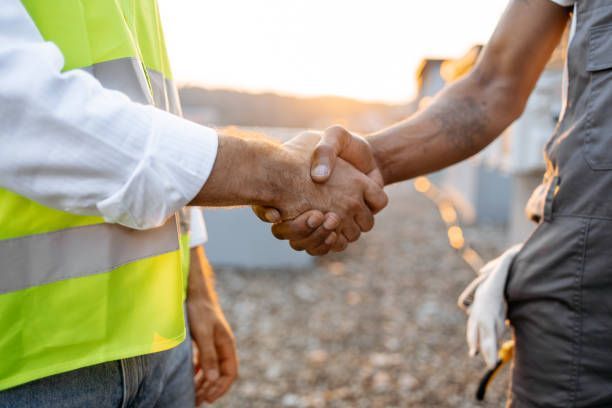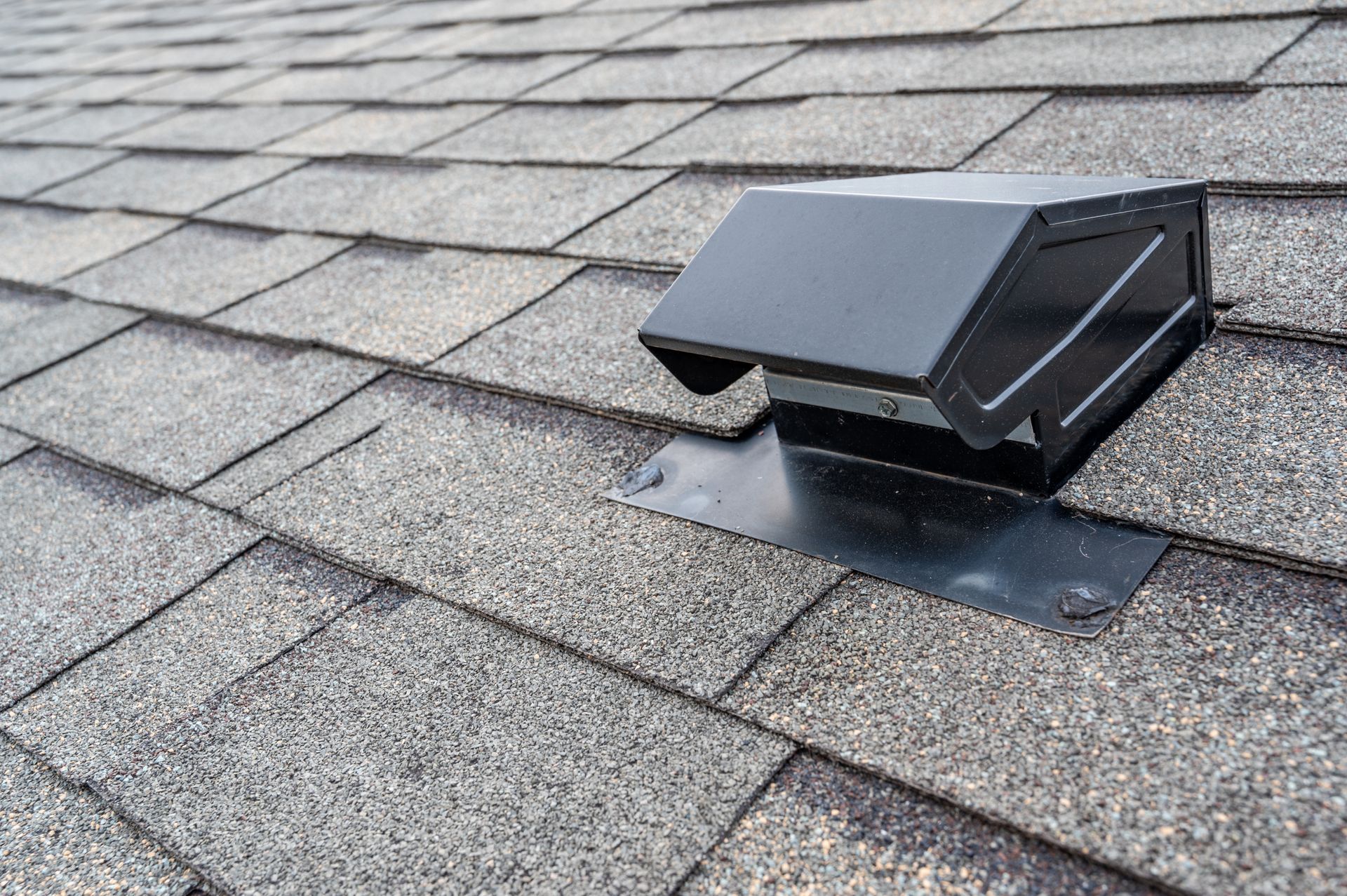4 Key Times Minnesota Homeowners Should Call a Roofer
Asphalt shingles slowly deteriorate over time. That's to be expected. If you maintain your roof well, the shingles could have a long life. Your roof faces a number of threats over its lifetime. So you'll probably need to have roof repairs done occasionally.
The quicker you have repairs done, the better, since damage tends to get worse as the roof gets more water damage from leaks. Here are some threats that could damage your roof. Consider calling for a roof inspection or repairs after any of these events.
1. A Bad Hailstorm Pounded Your Roof
Hail can be quite damaging to asphalt shingles. The amount of damage often depends on the quality of your shingles and the size of the hail. If hail is large enough and hits with enough force, shingles can crack or bruise. If a large portion of your roof has hail damage, your insurance company may pay for a roof replacement.
Even if the damage doesn't look extreme, the bruises could lead to leaking later on, so it's a good idea to listen to the recommendation of the roofer and your insurance company when dealing with hail damage.
2. Tree Branches Have Been Scraping Your Roof
If you've been slow about having your trees trimmed and the branches have been sweeping against the shingles when it storms, you could have roof damage. When the branches are trimmed back, the area they've been scraping may have a darker color than the rest of the roof. This happens when granules get scraped off.
Granules give the shingles their color and provide protection from UV damage. Your roofer may recommend replacing the shingles with new ones. They may also check for roof leaks in the area just to make sure the scraping didn't allow rain to get underneath the shingles.
3. Birds Or Small Mammals Are Bothering Your Roof
Wildlife does a surprising amount of damage to your roof. Woodpeckers drill holes, pigeons and other birds leave acidic droppings behind that damage shingles, and small mammals claw and gnaw their way through the roof into your attic. If you notice birds or other animals on your roof frequently, call a roofer to see if the wildlife has been causing damage that could lead to a roof leak.
If so, you may need to work with an animal control professional to keep the birds or small mammals off of your roof first, and then have repairs done. If you don't eliminate the wildlife problem, the animals or birds may come back and damage your new roofing too. Roof repairs for animal and bird damage could include replacing shingles or patching holes in the deck of your roof.
4. Strong Winds Lifted Shingles
You may not know until your roof has been inspected that strong winds have lifted your shingles since the shingles can fall flat again when the wind stops. Even though the shingles are flat when the wind stops blowing, they should still be repaired or replaced because the shingles could lift with the next storm and allow wind-blown rain to get underneath the roofing.
When shingles are installed, they are nailed to the deck on the top part of the shingles. The bottom part of the shingles has an adhesive strip that keeps the shingles flat. If the shingles are lifted, the roofer might secure the bottom to the roof again by adding more adhesive. This keeps the shingles from getting torn off during the next storm with strong winds.
If it's been a long time since a roofer has checked the condition of your roof, or if you're worried about your roof due to storm or animal activity, call Twin City Roofing Construction Specialists, Inc. We'll inspect, repair, or replace your roof as needed so your home is protected from the rain and snow.


